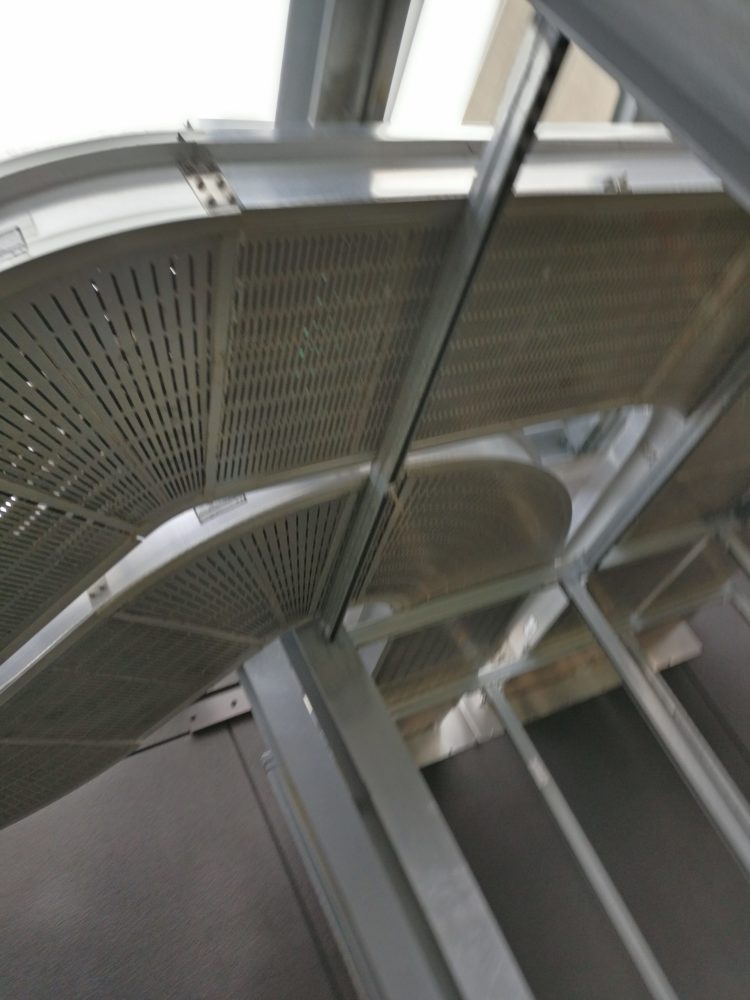-
Why Is Aluminum Used In A Busbar Instead Of Copper?
The evolution of the busbar system over the past few years has seen its increased usage and preference over hard-wired power distribution systems. Aluminum and copper are the two most common conductors used in electrical equipment. Of the two, copper is one of the oldest known metals used as a conductor of choice for most…
-
Why Are 132KV Cables Not Installed Above the Ground?
132kV cables are not usually installed above the ground because of the voltage. The high voltage can cause a huge spark that will ignite anything it touches. It is important to be mindful where this cables are installed, and it is advised to keep them at least 10 feet away from any combustible materials or…
-
Is Tray Cable Plenum Rated?
Tray cables are a type of multi-conductor cables used in industrial environments and suited for both power and signal transmission. The cables are usually installed via conduits, ducts, wire trays, and even direct burial usage. Tray cables are installed in buildings and should be plenum rated, which means they comply with smoke and flammability specifications…
-
What is a Cable Tray? Define Their Types
A cable tray is used in the electrical wiring of buildings to support insulated cables, which are mainly used for power distribution. Cable trays offer a great alternative to electrical conduit or open wiring systems and are usually used for cable management in commercial and industrial buildings.
-
Load Flow Analysis for Radial Distribution Systems?
Load flow analysis is a complex procedure because it involves hundreds of buses and different distribution systems, leading to complex calculations. Load flow analysis is a process that mainly entails evaluating voltage phases and magnitudes at every node then using the results to compute the voltage or current at every branch plus the total power…










